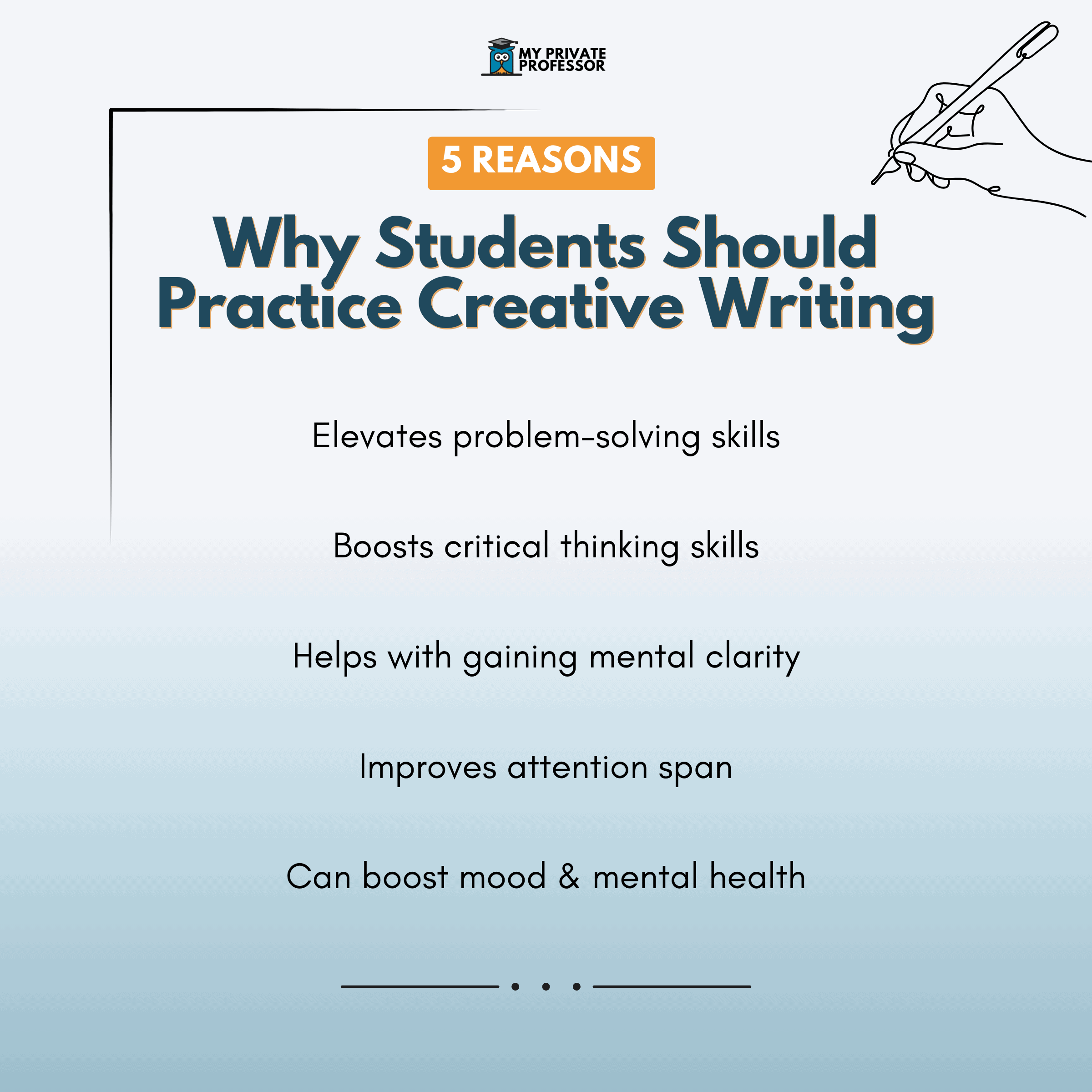In the classroom, providing variety in lesson plans can help students stay focused and engaged. For instance, when it comes to writing, there are so many ways in which teachers can keep lessons and instructions fresh and fun.
By integrating variety into their instructions, teachers can help spark students’ curiosity. Consequently, students will be more interested and present, and will thus be in a better place to strengthen their writing skills.
Below we’ve listed some of the best ways to spice up writing lessons for young learners. These activities should ultimately elevate engagement and inspire student creativity.
Writing activities
Use the following activities to encourage students to engage in writing while strengthening different skills including creative thinking, spelling, and collaboration.
Collective activities
- Play “Fortunately”/”Unfortunately”
- This is a group game that can be played as a speaking or writing exercise, and can be a wonderful way to get students to think outside of the box. Students pass around a piece of paper, alternating between starting sentences that begin with “fortunately” and “unfortunately,” and ultimately creating a story together.
- Have a mad-lib session.
- Provide class time to write collaborative stories.
- Utilize read-around groups.
- This is essentially peer editing, where students can read and respond to each other’s work at different stages of any given assignment.
- Have a classwide speed typing contest.
Individual activities
- Provide daily writing prompts based on students’ interests.
- Ask students to propose topics of interest — then create prompts based on these.
- Provide students with the chance to write letters to their future selves.
- Have students go on an ABC walk.
- In this activity, students will take a walk in nature and find letters that have been unintentionally formed in the natural environment (i.e., a leaf that looks like a ‘D’.)
- Utilize free-writing sessions.
- Have a thank-you note writing session.
- Give students full creative freedom to decide to whom they want to write.
- Do the “Give Yourself a Hand” activity.
- In this activity, students trace their hand on a piece of paper, decorate it with accessories, and write (on the hand outline) all the various things that they do with their hand. This is a fantastic activity to show students that writing can be fun!
- Hold a session where students can write letters to their heroes, whoever they may be.
- This is a great way to get students excited about writing. Allow students to pick a hero of their choice, fictional or not, to write a letter to — provide them with full creative freedom to decide whatever “hero” means to them.
- Devote class time to helping students learn to write in cursive.
- Learning this new form is a great way to show students that they can make writing their own!
- Have students engage in the “What If” challenge.
- In this challenge, students simply respond to various “What if…” prompts.
- Challenge students to participate in the “Me From A-Z” challenge.
- This challenge invites students to describe themselves in 26 words, with each word starting with a letter of the alphabet.
- Invite gamification into the classroom by providing students with class time to play online writing games.
- Invite students to participate in the Story Storm challenge.
- Students create 30 story ideas in 31 days.This is a great way to bring some friendly competition into the classroom while encouraging students to strengthen their creative writing skills.
Projects
- Develop a pen pal program.
- Create a class recipe book.
- Write a song as a class.
- Give each student ample opportunity to create lyrics.
- Teach students how to write shape poetry.
- In this activity, students write a poem that creates (visually) the shape of the thing they’re writing about.
- Hold a sensory poetry workshop.
- Sensory poetry is a great way to encourage students to widen their vocabulary by using different words to describe their senses. With sensory poetry, students choose to write about a specific experience (for instance, eating ice cream) and they then describe it through their five senses.
Instructional methods to engage students
- Try using visual aids to stimulate students’ writing inspiration.
- Presenting visual aids — such as photos, videos, or drawings — can help inspire students’ creativity and in turn, can encourage them to put pen to paper.
- Utilize acrostic poetry as a writing tool in the classroom.
- Acrostic poetry is a fun way to get students into word play. With acrostic poems, the first letter of each line ends up spelling something—see examples here.








